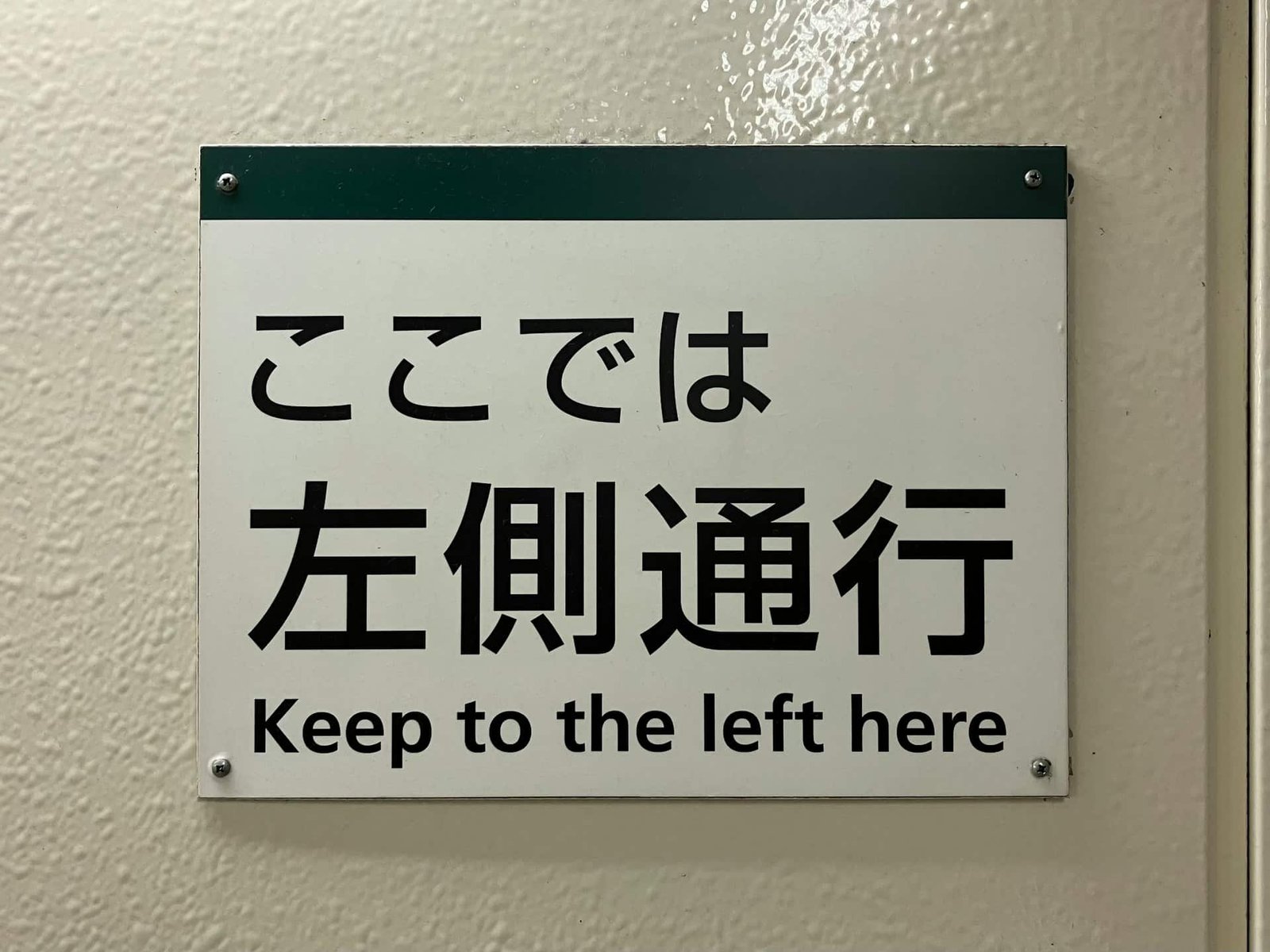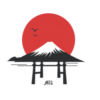A Love Letter to “Janglish”
Japan approaches the English language with reckless abandon. The Janglish results are, on the surface, amusing and silly.
Dig a bit deeper, and they reveal much about how language influences our thought processes.
For an English speaker, let alone a former English teacher, Japan is often an assault on the linguistic senses.
Street signs boldly proclaim “King of System,” while toilet roll holders are “reasonable and sympathetic.” If I had a 100-yen coin for every product I’ve seen that was “hand maid”…well, the exchange rate is terrible, but I would still have amassed enough for a small coffee in most European cities.
I will not lie – like most foreigners who visit Japan, I’m often smiling and laughing at how Japanese and English end up in jumbled “Janglish”. And it happens a lot. There is even a rather enjoyable Facebook group where people share Janglish experiences.
During my time living in Japan, my relationship with Janglish has changed, though. Today, I feel a deeper understanding of its origins – and I deeply appreciate how it has influenced my perspectives on language.
Janglish clothes for the win
You should always study Japanese fashion, and doubly so for prime examples of Janglish.
Recent favourites include a girl wearing a knitted sweater that said “TGIF.” On closer inspection, that turned out to stand for “This Granny Is Fantastic.” The fact that the girl was somewhere between 14 and 16 added to the sense of confusion.
Another was a woman wearing a cutesy shirt that instructed readers to “Gush Forth.”
However, my absolute all-time favourite was seeing a very stylish elderly gentleman in the local park. He was wearing slacks, dress shoes, a smart hat, and a tight black t-shirt that in gold letters simply proclaimed, “Fuck Margarine!”.
The weirdness extends to media beyond clothing. For example, in music, a famous Japanese band chose to call themselves Bump of Chicken.
Why Japan weirds English
Books could be written on what happens with English in Japan.
A good starting point is the way it is taught. This could be summarised in one word: “awfully.”
The pattern is as follows: hand out grammar rules and a dictionary, and drill translations from Japanese into English, over and over, with no focus on spoken language being the primary means of communication between us. The fact that most English teachers here would fail an English-speaking exam doesn’t help. Nor does the Japanese tendency towards perfectionism. So, if you are unsure what to say in English, pretend you don’t understand it.
Although many children grow up hating English education, they often develop a love for the language. It is the cool tongue of films and music. So you want to express yourself in English.
I suspect that Janglish sometimes comes from people using Google Translate and then going with the initial results, no matter what.
For reference, I once tried to translate a swimming pool’s website from Japanese to English. The result was somewhere between a zen koan and the rambling of a drunk uncle at the very tail end of the family do. I would imagine the same would have applied to translations from English into Japanese.

A new taste to your mother tongue
Yes, I know it sounds like I’m saying that the Japanese use of English is like someone stacking Legos with their eyes closed.
For reference, that is my level of Japanese, and I have absolutely no issue with Japanese people finding it funny/endearing.
If we go back to the Legos, they are a good analogy for how we develop language skills. We take words (bricks) and learn to put them in set formations (grammar).
Not to get all high-brow (which is a weird saying, come to think of it), but philosophers and linguists like Noam Chomsky and Ludwig Wittgenstein have described how language and its parts structure – and also constrain – how we see, and describe reality. As Wittgenstion put it, “The limits of my language mean the limits of my world.”
In contrast, Janglish opens up new ways of fitting words and structures together, and thereby expands how we can make a language fit together. In this way, Janglish is a playful tap on your imagination’s shoulder, asking it to come out and play.
Or, as one of my all-time favourite cartoon characters once said (which I feel fits with this topic): “verbing weirds language.”
I mean, yes, I know that Pony Cleaning is “just” a dry-cleaning service. But the idea of a chain of actual pony cleaning shops spread throughout my city, serving the many ponies who live in the high-rises across Tokyo and only come out when no one is looking, makes my heart sing. I wouldn’t even have started thinking about this without Janglish.
Why Japan will become less weird
Unfortunately, at least in some ways, the future of Janglish does not look good.
When I arrived here, online translations made for an interesting experience, the swimming pool being a case in point. And I say that as a half-brit (I solemnly believe that the Brits have more meanings for the word “interesting” than the Inuit would have for the word “snow”).
Today, Google Translate handles swimming pool website translations with gusto. Little remains of the drunk-uncle-like experiences. And now AI has arrived, promising to improve translations further, not to mention be a better teacher for what is and isn’t correct English than most students have ever had access to before. A national babel fish, if you will.
In future, the Japanese will have an easier time making themselves understood in near-perfect English, and TGIF will, here like elsewhere, stand for Thank God It’s Friday.
In many ways, that is good. In some ways, at least for the likes of me, its also a bit sad.
I shall miss my daily doses of Janglish-infused wonder.
Photos:
